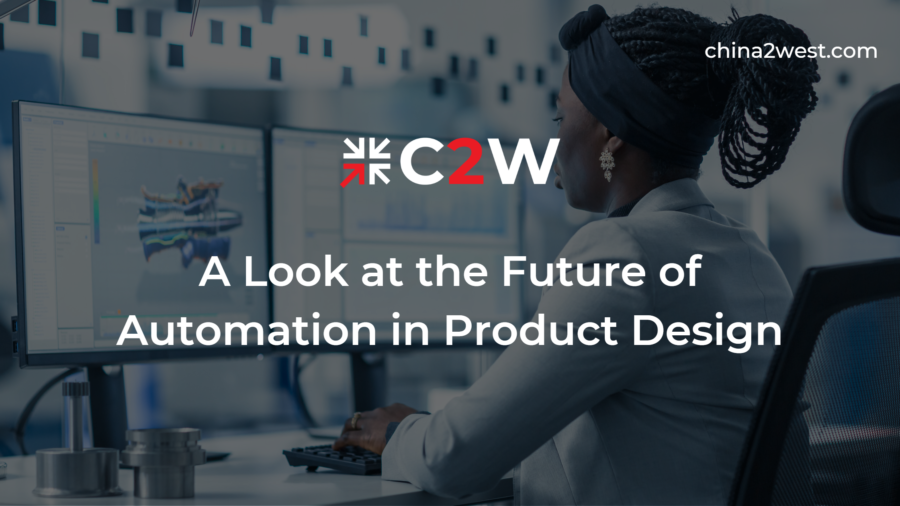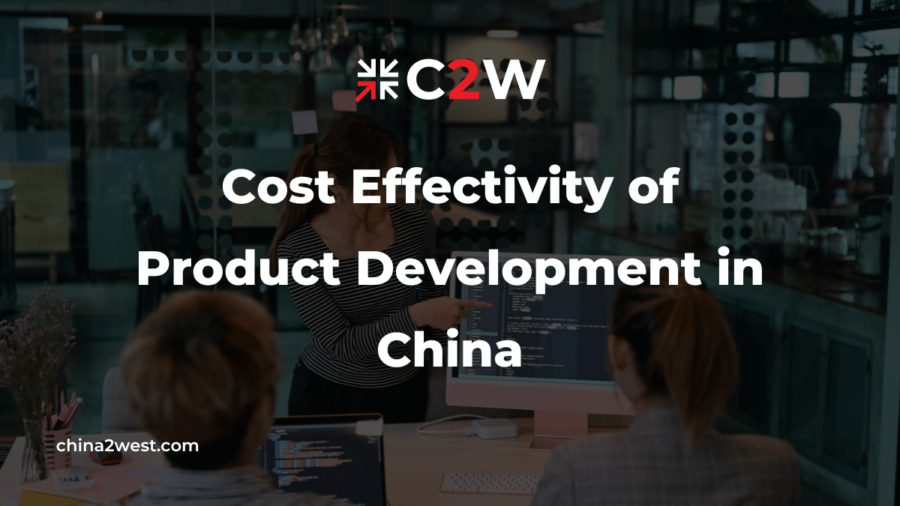Just 70 years ago, humans were doing all the work in factories. These days, a sizable portion is in the domain of automated machines. Take Amazon, which has already deployed multi-purpose warehouse bots that are fully autonomous.
From MidJourney, to ChatGPT, to warehouse bots, one thing is clear: AI is here to stay. But these super-intelligent machines will go beyond simply piecing together our expensive knickknacks. Soon, the product design process will use AI to help pull the cart.
How can we expect product design services to function in a future driven by AI? In this article, we intend to answer that question. Read on for your deep dive into the effect of automation on product design in China and elsewhere.
AI Assists in Product Design Prototyping
Designing prototypes may seem like something only humans can do. It requires an engineer with Ivy-league education and decades of experience. These are advanced disciplines with high pay grades, after all.
For better or for worse, that trend may be changing. At the current moment, companies are using AI to iterate during the prototype phase. Take NASA, which has already developed working components with the assistance of AI.
AI uses the power of computer simulation and established engineering principles to do what it does. And most importantly, it doesn’t require much hand-holding. Engineers simply give it a task, and it figures out how to do it on its own.
Why AI Is So Good at Prototyping
How does AI produce designs that would require a highly skilled human to create otherwise? This is thanks to what AI researchers call a Neural Network. In essence, this is when a computer program simulates matrices of neurons similar to the human brain.
AI figures everything out by itself. Over successive generations (minutes or hours, to human perception) it gets smarter and better. It teaches itself and solves complex problems with little oversight.
Granted, it can only succeed if the developers feed it quality data. This brings us to our next point.
It Iterates Off Existing Data
The apple doesn’t fall far from the tree. Successive products in your lineup build off of previous releases. Think of how the iPhone slowly morphed from its initial form to the one we have today.
Product development is the careful growth of a particular lineup. It needs to adapt to user requirements and technological improvements year after year. AI just so happens to be an excellent way to achieve this.
Feeding AI High-Quality Data
The inner workings of a neural network are opaque to AI engineers. It’s a black box that humans cannot control. The only thing we can control is data.
AI is able to parse massive dumps of data and learn from it. For example, it can look through your previous design documentation for patterns. It then identifies things humans otherwise wouldn’t be able to recognize and puts them to use.
This means, of course, that you have to feed it good data. As the saying goes, garbage in, garbage out. As long as you give the model data of a high caliber, it will produce quality outputs.
It’s Fast and Efficient
AI can do impressive things just by observing and then teaching itself. Perhaps even more impressive, though, is how fast it works. In a matter of hours, you can train an AI to solve complex problems.
The speed does not mean that AI does a poor job, to be clear. As we said, it teaches itself and improves with every generation. The more it works, the smarter it gets.
Efficiency Gains from Using AI
Most importantly, AI is efficient. Perhaps there will be a future where a single engineer works alone with AI. Rather than having a full team that takes months to develop a prototype, this theoretical AI-enabled engineer could do so in a week or less.
This means that dollar for dollar, AI gives you more bang for your buck. Granted, much of the industrial use of AI at the moment has its limits. Someday, though, it’s likely to cause a disruption in the job market for product design companies.
It’s Cost-Effective
Speed and efficiency don’t mean much if the overhead is unaffordable. Many companies could benefit from more expensive and technologically advanced machines. Yet at the end of the day, the costs may not be worth those benefits.
When many people see AI, they see a big expense. AI requires an array of costly computers and a team of AI engineers. However, this is misleading.
How AI Achieves Cost-Efficiency
A product design service actually saves money by going the AI route. For starters, renting cloud processing power to train models is cheap these days. Large companies like Amazon provide affordable server time to big AI developers.
This means the cost of operation is, on the whole, cheaper than hiring extra engineers. Running a server for eight hours a day produces far more labor than a week with the average single engineer. Factor in benefits and days off, and you have huge cost savings.
It Provides Careful Control of the Design Process
DALL-E has shocked the world with how anyone off the street can prompt AI to create artwork. A single sentence is all it takes to create a vivid portrait or landscape. Prompt engineers can be highly specific and get results custom tailored to their needs.
One thing is for sure about AI: it’s easy to get your desired result. Sure, there will be some tinkering. But at the end of the day, it makes a China product design more bespoke than anything prior.
Work With C2W
The future of product design will be shaped in great part by AI. Neural networks are fast, efficient, and produce accurate results with very little input. It’s likely that we will see a future of automation where a handful of humans direct the machines.
China 2 West gets you in contact with reliable, skilled China-based manufacturers. Contact us here to find out how we can help with your production requirements.


